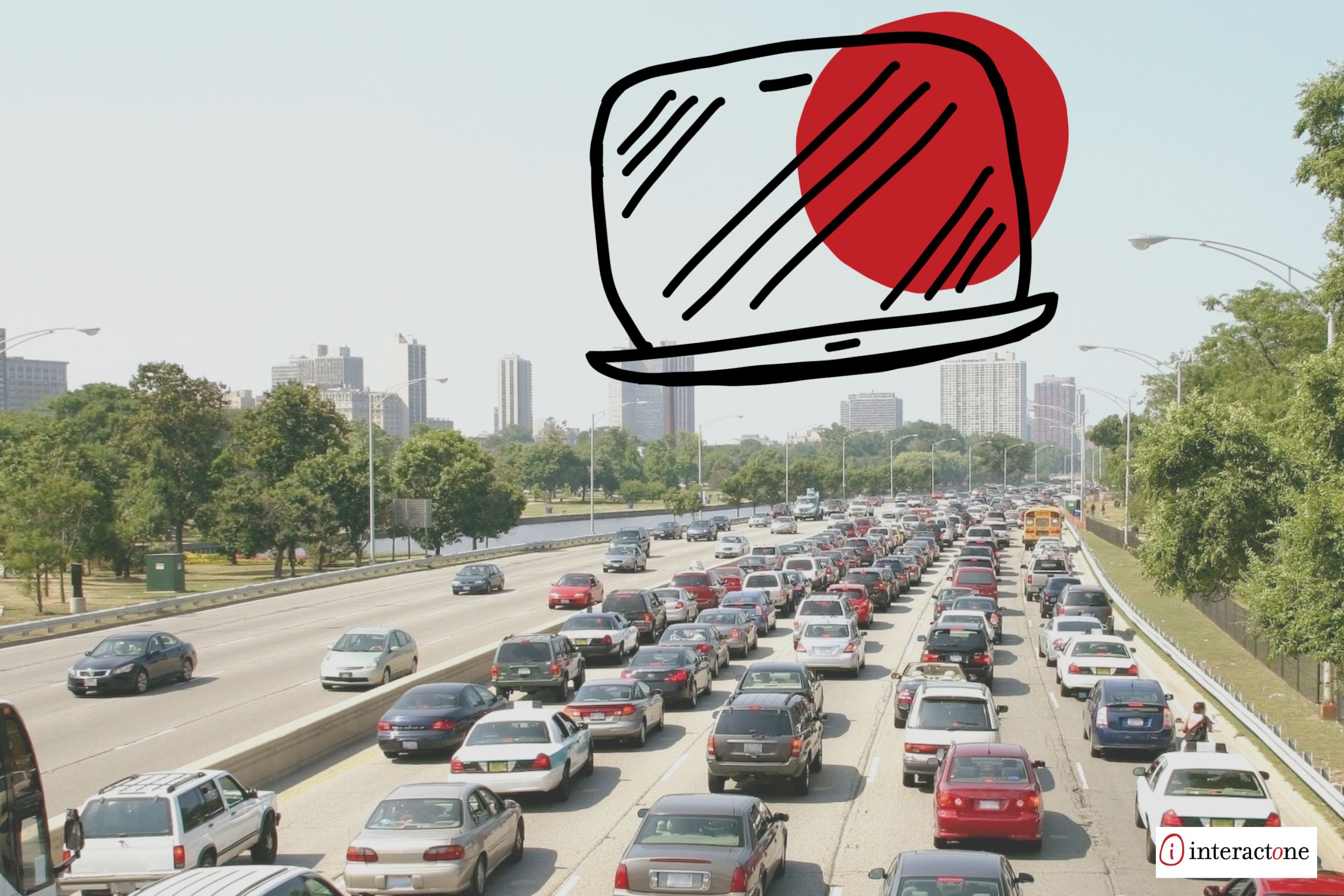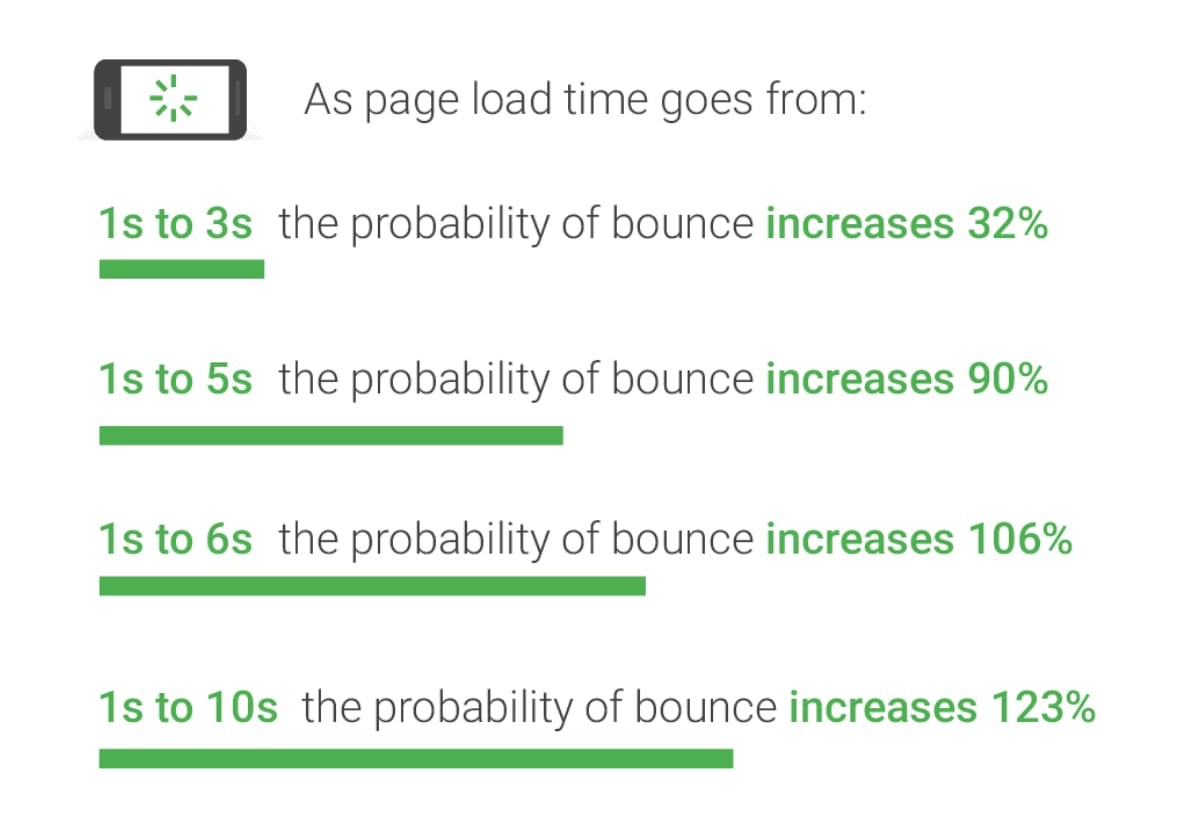
Having a fast-loading, high-performance website is crucial to your eCommerce business. But why? Because the speed of your page plays a vital role in your conversions, user experience, and Search Ranking. Unfortunately, too many website owners place a priority on having too many bells and whistles and an overly sophisticated website design, both of which slow your site, instead of focusing on performance.
Think about it like this. If you go to sit down for a meal at a restaurant, slow service from the waiter often results in poor reviews and fewer return visits. Similarly, when you sit down to browse a website, slow service can drive you away and potentially steer you towards a competitor. If it’s annoying for you to wait for dinner at a restaurant or for a website to load, think about how your site visitors feel.
In this blog, we will discuss some best practices to ensure your eCommerce site speed is not hurting your search rankings, users’ experience, site traffic, and conversion rate. But first, it is important to understand what site speed is and how to measure it.
Site Speed Defined
CSite speed often referred to as Site Performance or page speed, is how quickly your eCommerce browser can load fully. Poorly performing sites that render slowly in a browser can drive users away. Conversely, sites that load quickly will typically receive more traffic and have better conversion rates.
Why Your Website Speed Matters
Your site speed is important for the overall user experience you are trying to create. If your site takes a long time to load you will tend to have a higher bounce rate and lower average time spent on your site due to this low speed. The example below from Google shows how longer load times have been shown to affect your conversion and bounce rates negatively.

Speed Test Tool Recommendations to Help Your Site’s Performance
Before you can begin to make any fixes, you first need to know where your site is in terms of speed. The speed that you need to be looking at is your time to first byte (TTFB). This determines the time the server sends your browser’s very first byte; which Google states should be 200 ms or less. You can easily measure your TTFB and other speed metrics by using a load time testing site. Below are some that can help you with this:
Each of these tools will assign a score to your site based on Google recommendations and provide you with tips on improving your site’s performance. When it comes to site speed testing, it’s important to pick one tool and stick with it. Each has its own set of different metrics and therefore you can’t compare one tool’s test results to another. In addition, you should run multiple tests to ensure that your results continue to improve your user’s experience.
Factors Affecting Your Site’s Speed
Your site speed relies on many factors and determining which of them are affecting it will help you improve its speed and ranking. Here are some of the most common problems that prevent sites from loading faster and lead to potential customer loss.
Compressing/optimizing large images: Loading large images is one of the main issues to cause your site to run slow, especially for mobile users. You can use Gzip, a software application for file compression, to reduce the size of your CSS, HTML, and JavaScript files that are larger than 150 bytes. Such services will result in compression without loss of quality, and therefore your users will not even notice the difference in their experience if using a desktop versus mobile.
Reduce redirects: Each time your page redirects a user to another page, it increases their waiting time. Reducing your redirects will help reduce the HTTP request-response to complete and speed up your site page.
Reduce themes and plugins: The more widgets and plugins you utilize on your site, the longer it takes to load them. First, make sure you are only using the ones that you truly need. You’ll often find that Developers and untrained team members may have left Themes and Plugins operational that no longer serve your benefit. Second, if you are using a WordPress template, try to keep it simple and only use Plugins created by reputable WordPress sources that have been recently updated, such as Cornerstone 4.0.
Improve server response time: The optimal server response time is under 200ms and should be constant over multiple users. A response time beyond 200 ms is a sign that requires something to be fixed. To improve your server response time, you can either pay for new servers and equipment which could get expensive and still not solve the problem or you can look for performance bottlenecks like slow database queries, slow routing, or a lack of adequate memory and fix them.
Use a content distribution network: Content distribution networks (CDNs), also called content delivery networks, are networks of servers that work together to provide fast delivery of your site’s content. A CDN allows for the quick transfer of assets needed for loading Internet content including HTML pages, javascript files, stylesheets, images, and videos. While a CDN does not host content and can’t replace the need for proper web hosting, it does help cache content at the network edge, which improves your website performance.
Poor hosting location: the hosting company and server that you decide to use to store your website can have an impact on your site speed. Therefore, it is important you choose a host where all of your assets can be housed in one location and a plan that matches the needs of your website. If your data has to travel a significant distance to arrive where it is needed, this results in a high amount of network latency. For instance, if a website’s HTML and CSS files are hosted in a data center in Ohio, and its images are hosted in a data center in Florida, a user on the west coast will have to wait while all of these files travel thousands of miles to their device.
Bringing it All Together
Your site speed has a vital role in generating traffic. The factors that affect that traffic generation are interlinked with one another. If you find that your site is taking too long to load, don’t panic. We can help you to determine any factors that might be affecting that speed to increase your clientele, improve your user experience, retain existing users, and increase your conversion rate.
Ready to streamline your site’s performance?
Drop Us a Line At:
Or, if you prefer an old-fashioned phone call:
Phone (USA): (513) 469-3362
4665 Cornell Rd. Suite 255
Cincinnati, OH 45241

